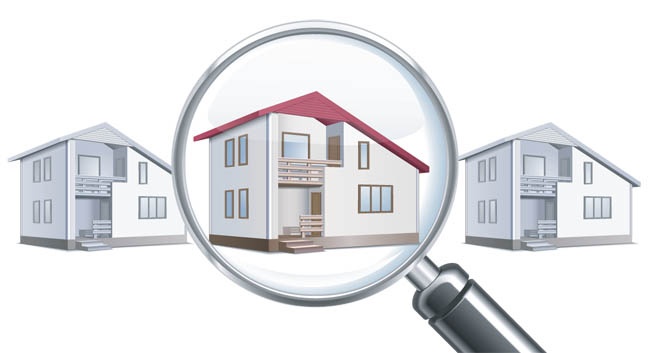Fall-related injuries are the leading cause of injury deaths and disabilities among persons aged 65 years and older. Over half of those falls occur at home. With a caregiver's guide to conduct a home safety survey, caregivers can help to reduce the number of falls and make their senior’s home a safer place. Here are 3 simple steps in a caregivers guide to conducting a home safety survey.
Step 1: Check All Walkways
Everywhere your senior walks can be a place to trip and fall. Some of the easiest things to check for safety are the floor coverings. Make sure rugs and doormats are non-slip and that the floors around them are even.
If there are steps, check to see that the edges are easy to make out. Bright colored tape at the edge is an easy way to mark them. Check stair treads for wear: are they narrow or slippery? Examine the handrails for a good ‘hand fit’ for your senior to actually use. Is the rail wobbly or is it solid and dependable?
Sometimes in narrow hallways, a major tripping hazard is clutter. Things tend to pile up instead of getting put away. Be sure the regular walkways are easy to use without having to ‘be careful’ not to knock things over. Bedrooms can be another place clutter becomes a cause of falling. Check to see if railings or grab bars are installed correctly and where needed, especially in bathrooms and at any steps.
Step 2: Check Lights & Switches
As people age, it becomes more difficult to see, no matter how good their eyes still are. More light is a great help for your senior to see where they are stepping. Are the lamps and light switches in places easy to get at so your senior can turn lights on when they need to? If your senior prefers natural light, do the windows have curtains or blinds that your senior can easily open for this light?
Light cords and extension cords should never be stretched across a walkway in any room. Putting them under a throw rug or taping them to the floor to make them "safer" only increases the chances of your senior taking a tumble.
Step 3: Check Kitchen and Bath
These rooms can be the most hazardous rooms in the house when it comes to falls. In the bathroom, make sure grab bars are installed near the tub and toilet. Consider removing small rugs that slide or flop over and replace them with non-skid mats. Bathroom clutter of small bottles, etc., poses the same threat of tripping that clutter in any walkway does. Look for ways to store things where they are handy but secure.
In the kitchen, store items that are used often on the easy to reach shelves. Your senior can free up cabinet space by passing on to children or grandchildren the kitchenware they love but seldom use anymore. Check the lighting in the kitchen, especially for the counter tops and work spaces, to ensure it is bright enough to work safely and easily. Check that appliances function as they should. Water on the floor can be a slipping hazard in the kitchen. Is the flooring material suitable?
As you are learning to deal with the changes that aging can bring, be patient with yourself, patient with your loved one, seek advice and answers to questions, and remember you are not in this alone.


